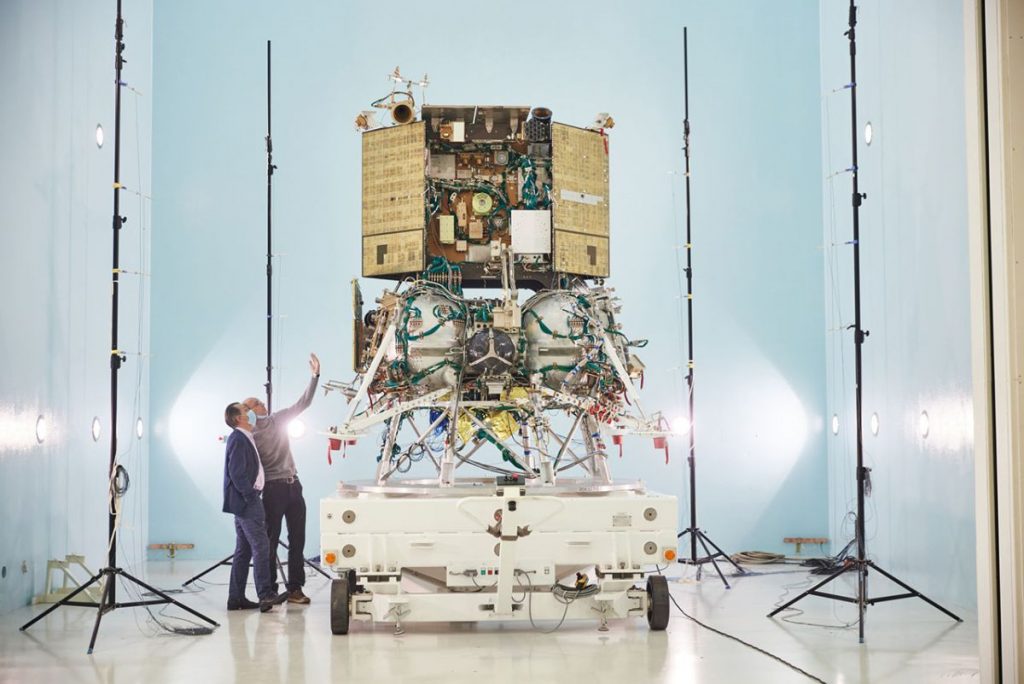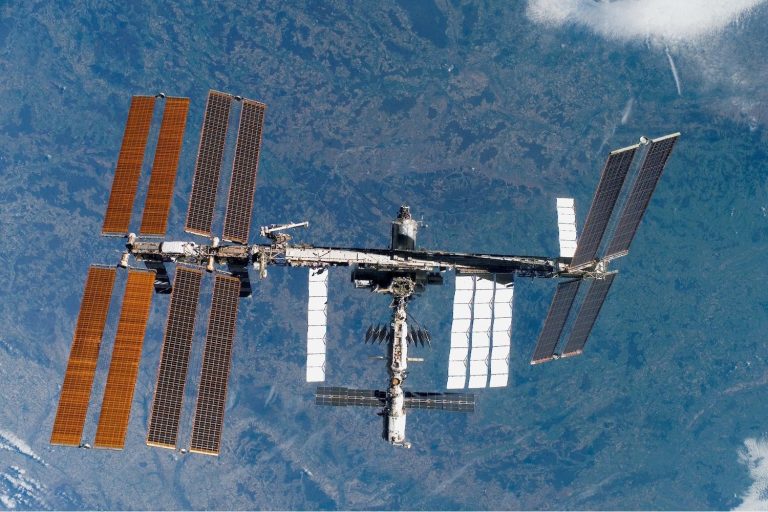
Russia delays launch of Luna 25 moon lander to 2023 (Image Credit: Space.com)
Russia’s reactivation of lunar exploration via its robotic Luna 25 lander has slipped to 2023.
The postponement was announced to Russia’s TASS news agency by Yuri Borisov, the head of Russia’s space agency Roscosmos, on the sidelines of the Eastern Economic Forum on Wednesday (Sept. 7). When asked if Luna 25 had slipped to next year, Borisov replied, “Unfortunately, yes,” TASS reported (opens in new tab).
Reportedly, a speed and distance sensor that will help the lander make a safe and soft landing on the moon underperformed during testing, leading to the delay from this month into 2023. The sensor was made by the Vega Concern, a member of Rostec’s Ruselectronics holding company, which is owned by the Rostech State Corporation, according to TASS.
Related: The top 10 Soviet and Russian space missions
South pole landing
Luna 25 will be the first mission in modern Russian history to head for the moon. (The Soviet Union, which collapsed in the early 1990s, sent a series of probes to Earth’s nearest neighbor.) The probe is targeted for a region of the south pole of the moon, touching down near Boguslavsky Crater.
A “reserve area” for the landing craft is southwest of Manzini Crater.
The Russian robotic moon lander was built and has been undergoing testing by the aerospace company NPO Lavochkin. The planned launch of Luna 25 has repeatedly slipped, from last year to May to August and then September 2022 — and now 2023.
Soil sampling duties
Luna 25 will study the upper surface layer and the wispy lunar atmosphere and help to develop landing and soil sampling technologies. The declared active life of the probe on the surface of the moon is at least one Earth year.
This Russian moon mission continues the series of the former Soviet Union’s lunar exploration activities that ended back in 1976, when Luna 24 successfully delivered about 6 ounces (170 grams) of lunar soil to Earth.
The Luna 25 mission is to be followed by the Luna 26 orbiter and a Luna 27 landing vehicle, after which Russia will start deploying a scientific outpost on the moon in collaboration with China.
Prior to Russia’s invasion of Ukraine, the European Space Agency (ESA) was to provide the European Pilot-D camera, built specifically to help land Luna 25 on the moon. After the February invasion, ESA canceled the camera cooperation, among a number of other collaborative space projects with Russia.
Leonard David is author of the book “Moon Rush: The New Space Race,” published by National Geographic in May 2019. A longtime writer for Space.com, David has been reporting on the space industry for more than five decades. Follow us on Twitter @Spacedotcom (opens in new tab) or on Facebook (opens in new tab).








